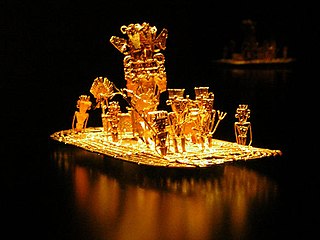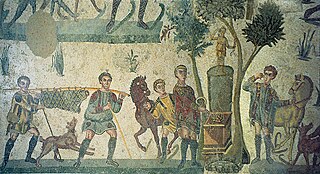 W
WThe cuisine of ancient Egypt covers a span of over three thousand years, but still retained many consistent traits until well into Greco-Roman times. The staples of both poor and wealthy Egyptians were bread and beer, often accompanied by green-shooted onions, other vegetables, and to a lesser extent meat, game and fish.
 W
WInca cuisine originated in pre-Columbian times within the Inca civilization from the 13th to the 16th century. The Inca civilization stretched across many regions, and so there was a great diversity of plants and animals used for food, many of which remain unknown outside Peru. The most important staples were various tubers, roots, and grains. Maize was of high prestige, but could not be grown as extensively as it was further north. The most common sources of meat were guinea pigs and llamas, and dried fish was common.
 W
WIranian cuisine comprises the cooking traditions of Iran. The term Persian cuisine is used as well due to the fact that Iran is historically known as Persia in the West, even though ethnic Persians are only one of Iran's native ethnic groups that have contributed to the culinary culture.
 W
WJewish cuisine refers to the cooking traditions of the Jewish people worldwide. It has evolved over many centuries, shaped by Jewish dietary laws (kashrut), Jewish festival and Shabbat (Sabbath) traditions. Jewish cuisine is influenced by the economics, agriculture and culinary traditions of the many countries where Jewish communities have settled and varies widely throughout the whole world.
 W
WAncient Maya cuisine was varied and extensive. Many different types of resources were consumed, including maritime, flora, and faunal material, and food was obtained or produced through strategies such as hunting, foraging, and large-scale agricultural production. Plant domestication concentrated upon several core foods, the most important of which was maize.
 W
WMuisca cuisine describes the food and preparation the Muisca elaborated. The Muisca were an advanced civilization inhabiting the central highlands of the Colombian Andes before the Spanish conquest of the Muisca in the 1530s. Their diet and cuisine consisted of many endemic flora and fauna of Colombia.
 W
WThe cuisine of ancient Rome changed greatly over the duration of the civilization's existence. Dietary habits were affected by the political changes from kingdom to republic to empire, and the empire's enormous expansion, which exposed Romans to many new provincial culinary habits and cooking methods.